Ireland is a country united by geography and divided by history.
In James Joyce’s great novel Ulysses, Leopold Bloom, the main protagonist and an Irish Jew, describes a nation as “the same people living in the same place”.
But Ulster unionists have always regarded themselves as a people apart. They are Protestant and British, as opposed to those to a Catholic and nationalist identity who are a majority on the island of Ireland.
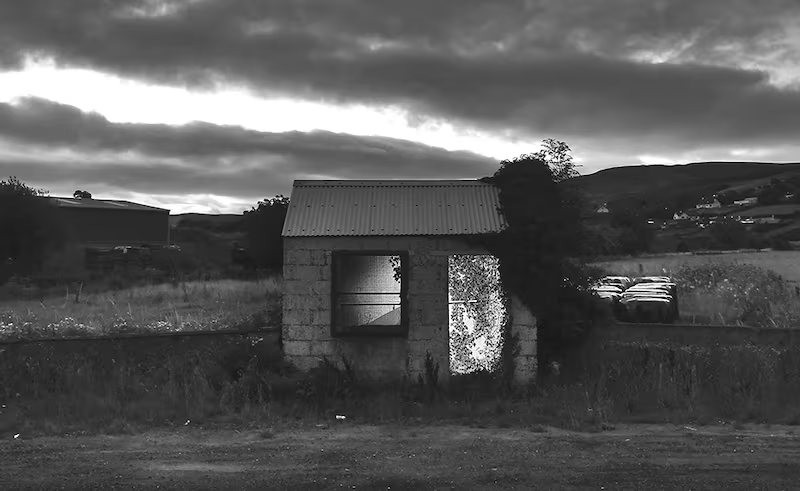
Northern Ireland has been described as the "last battleground of the Reformation". In an increasingly secular world, religion is not such a factor, but the cultural and nationalistic reverberations which began when Martin Luther nailed his 95 theses to the cathedral door at Wittenberg still exist, and are at the heart of Irish fears over Brexit.
Before the 20th century
The story of the Irish Border began with the Plantations of Ulster in the 17th century.
Since the 12th century the British had retained a presence in Ireland mostly along the east coast around Dublin in an area known as the Pale. King Henry VIII's break with the Catholic Church in 1534 added a sectarian dimension to the already fraught relationship between England and Ireland.
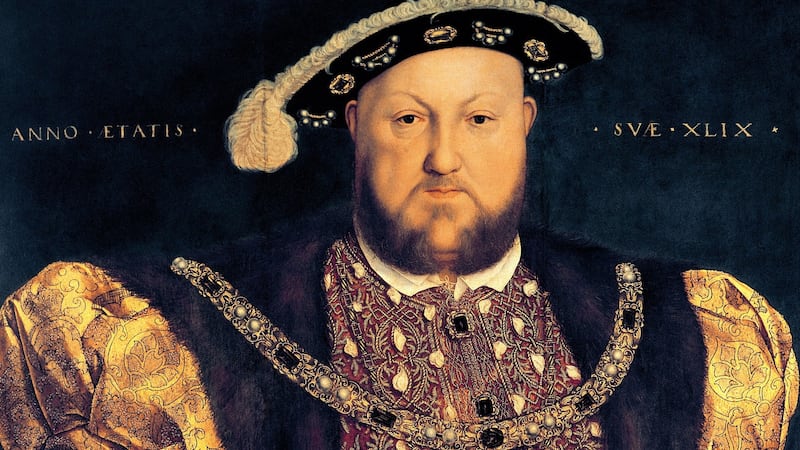
Ulster had been the most Gaelic Irish province in Ireland, but the dominant Catholic families, the O’Neills and O’Donnells, were defeated in the Nine Years War between the Catholic lords and the Protestant English crown.
In 1607 they fled to the European continent, in what became known as the Flight of the Earls, leaving their lands behind them.
Their flight was followed by the plantation of Ulster designed to make the province quiescent to the crown. First Antrim and Down were planted by private settlers mostly from Scotland, then the remaining seven counties of Ulster – Derry, Tyrone, Donegal, Fermanagh, Cavan, Monaghan and Armagh – followed, attracting thousands of Protestant settlers from Scotland and the north of England.
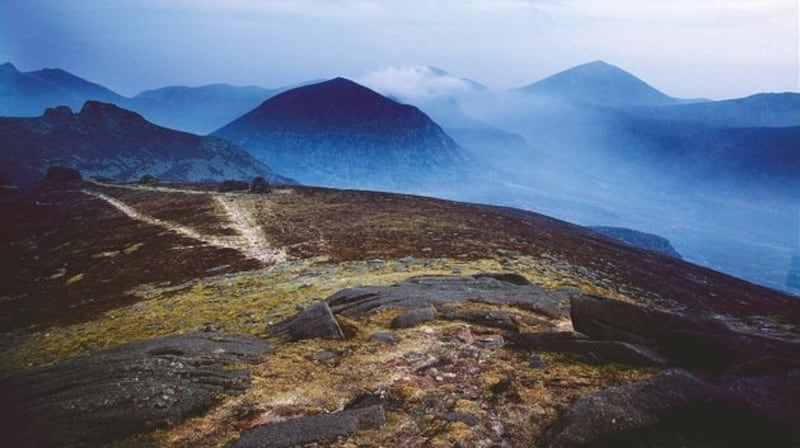
Although the plantations never succeeded in fully dislodging the native Catholic Irish, the province took on a different character to the rest of Ireland, being predominantly Protestant and loyal to the crown.
Partition
The Border was the result of the partition of Ireland which occurred under the Government of Ireland Act (1920). This was an attempt by the British Government to reconcile two incompatible demands – the Irish nationalist demand for separation from Britain, and the unionist demand to remain part of the United Kingdom.
The Act set up two home-rule parliaments, one for six counties in Ulster and the other for the 26 counties which was the rest of Ireland. A third parliament or council was envisaged where matters of mutual concern or the reunification of Ireland under one jurisdiction would be concerned.
The Act was accepted by the unionists and the Northern Ireland parliament was set up in 1921 with jurisdiction over six counties: Antrim, Derry, Tyrone, Fermanagh, Armagh and Down.
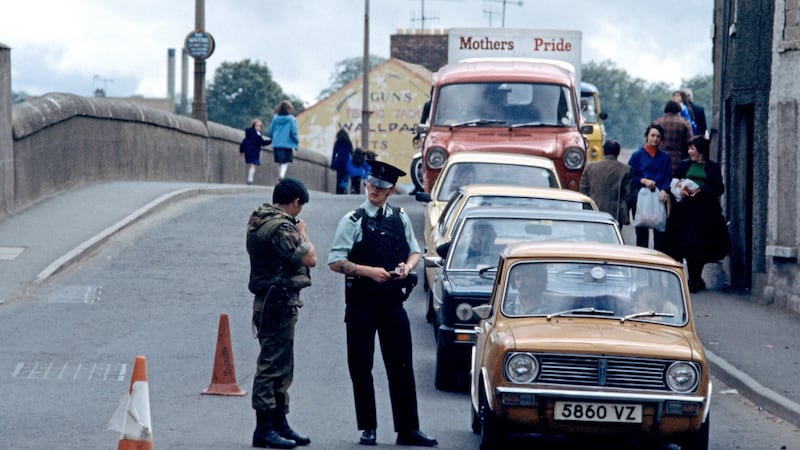
Unionists wanted a Protestant majority into perpetuity and the counties of Donegal, Cavan and Monaghan with their large Catholic populations threatened that hegemony. They were excluded from the six-county parliament.
The Act was rejected by the nationalist south as home rule, which only gave an Irish parliament limited autonomy and not the full independence desired by the separatists in the IRA who were then fighting a guerrilla war against the British.
International Border
The Anglo-Irish Treaty of December 1921 which ended the War of Independence set up the Irish Free State for the remaining 26 counties of Ireland. The Irish State came into being in 1922.
This is now the Republic of Ireland which is a sovereign, independent state and a member of the European Union.
On March 23rd, 1923 the Border became an international frontier. A notice issued by the British Commissioners of Customs and Excise stated that the land border would ensure all imports and exports were subject to the “customs laws and regulations applicable to overseas trade”.
The partition of Ireland left two minorities on either side of the Border; a small unionist one to the south and a substantial Catholic one to the north which wanted unification with the rest of Ireland.
Many Catholics in the North believed that Northern Ireland was, in the words of its first premier James Craig, "a Protestant parliament and a Protestant state" and they were subjected to discrimination when it came to employment, housing and education.
The Troubles
In 1969, violence broke out in Northern Ireland. Direct rule from the British parliament in Westminster was imposed from 1972.
The Provisional IRA waged a 25-year campaign to try and end British rule in Northern Ireland.
In the years between 1969 and 1994, 3,500 people lost their lives.
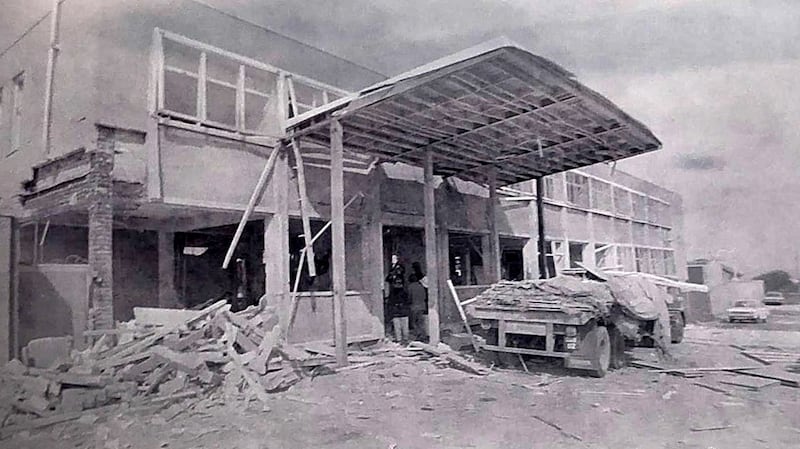
The Border between the Republic and Northern Ireland became a frontline. Border posts were regularly attacked. In August 1972 a bomb planted by the Provisional IRA blew up a customs post in Newry killing nine people, including the three IRA members who planted the bomb.
The main road between Dublin and Belfast was framed by a giant British army watchtower near the border town of Newry.
The British sought to reduce the number of crossings to stop republican paramilitaries from moving back and forth across the road. The British blocked roads, made them impassable or blew up bridges. Hundreds of roads were closed during the Troubles cutting communities off on either side of the Border.
Two things ended the Border as a physical obstacle. The first was the introduction of the European Single Market in 1993 which ended all customs controls between member states of the European Union. The second was the end of the Troubles.
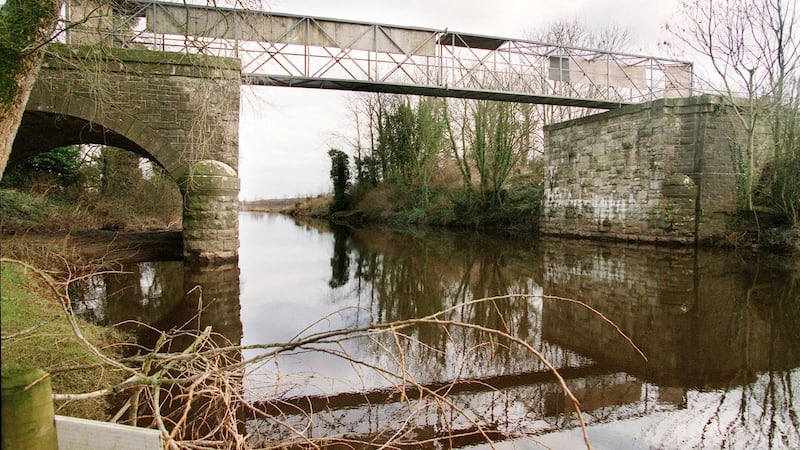
The Belfast Agreement
The Troubles officially ended in April 1998 with the signing of the Good Friday Agreement also known as the Belfast Agreement. It sought to create a new relationship between nationalists and unionists in Northern Ireland with the establishment of a power-sharing executive (cabinet) and assembly.
Cross-border organisations were set up to improve relations between North and the Republic and provision was also made for the strengthening of relations between Britain and Ireland.
The agreement sought to reconcile the twin identities of being British and Irish. It gave the right to anybody born on the island of Ireland to become a citizen of Ireland. It also enshrined the principle of consent – that a united Ireland could not come about until a majority in Northern Ireland wanted it.
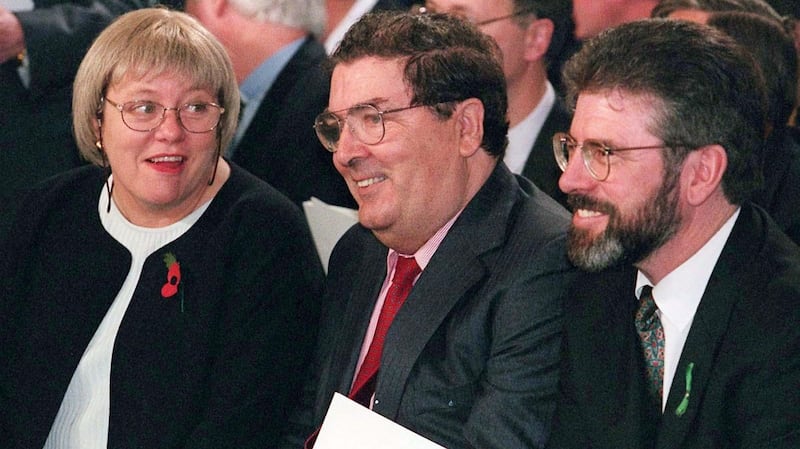
Politically the agreement has been in cold storage for the last two years as the two largest parties in Northern Ireland – the pro-Brexit Democratic Unionist Party and the nationalist Sinn Féin – refuse to share power with each other over a series of policy disagreements.
Fortunately, though, the Good Friday Agreement has kept the peace and the people of Ireland have enjoyed two decades without the sickening daily routine of murder and mayhem.
The last British watchtower was dismantled in 2005 and with it went the last physical reminder of the Border in Ireland.
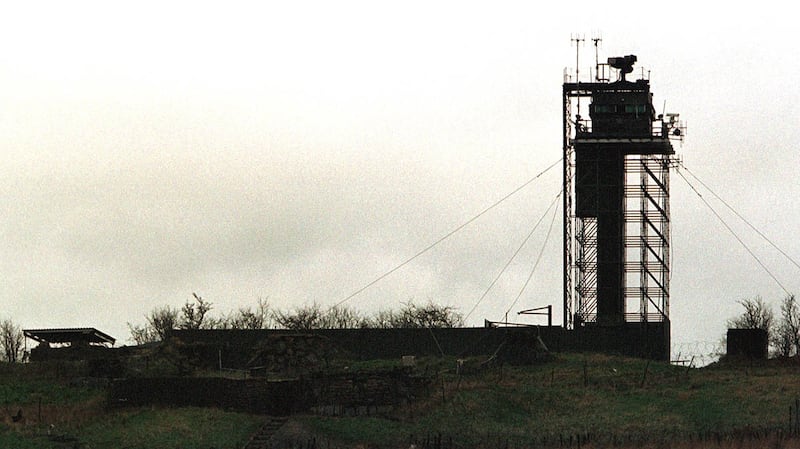
Now, to all intents and purposes, the Border is invisible. Only a change in road signs from kilometres in the Republic to miles in the North and the absence of bilingual signage (English and Irish in the Republic) in Northern Ireland denotes that the Border has been crossed.
Cross-border economy
This has led to a normalisation of the Border. Thanks to better roads, Dublin and Belfast are less than a two-hour car journey apart.
Visitors from the Republic can and do visit Belfast. The Northern Ireland tourism board’s campaigns are a regular feature on television and radio in the Republic.
Visitors from the North come south for the rugby internationals, music events and holidays. There is also a body to set up to promote the island as a single destination called Tourism Ireland.
Yet tourism is only one aspect of the manner in which travel and commerce in Ireland has become effortless since the end of the Troubles.
Every day 6,000 lorries and 7,000 vans cross the Border. Nearly 30 per cent of all milk produced in Northern Ireland is processed in the south.
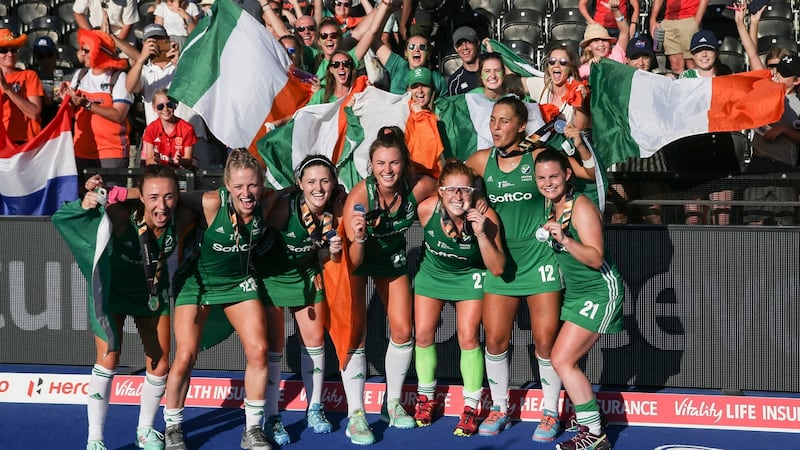
Indeed, a third of all Northern Ireland’s exports go to the Republic with businesses making 758,000 cross-Border deliveries southwards in 2016, compared with 410,000 deliveries from the Republic.
The peace process also meant better relations between erstwhile protagonists. Dr Ian Paisley, traditionally one of the hardest of hardline unionists, and Martin McGuinness, a former member of the IRA, struck up an unlikely friendship while serving in the Northern Ireland executive together. In 2011 Queen Elizabeth II made a historic first visit to Ireland, a visit that would have been unthinkable a generation previously.
Most sports, with the exception of soccer, are cross-border. Fans can cheer for the all-Ireland rugby team which won the Six Nations last year, or the women's hockey team that reached the World Cup final. The cricket team has had international success and the Ireland team that competes in the Olympics is drawn from the whole island.
Brexit
Brexit threatens all that. A year after the Brexit vote, British prime minister Theresa May announced that Britain would be leaving both the single market and the customs union. That means the frontier between the Republic and Northern Ireland is no longer just a frontier between two sovereign states, but a European Union frontier.
The European Commission (EC) has made it clear that the single market, which guarantees the four freedoms of movement of people, goods, services and capital, must be protected.
The logic of this is that there must be border checks, hence the origins of the phrase “hard border” which involves physical infrastructure such as customs posts and CCTV cameras.
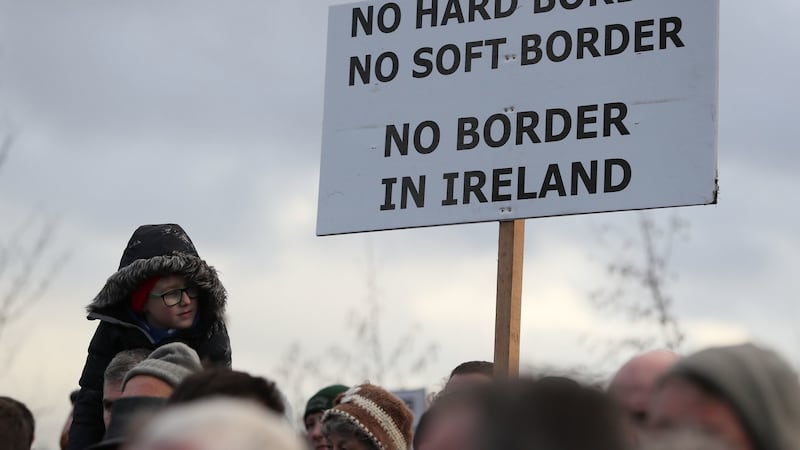
For example chlorinated chicken, which is popular in the United States but is banned in the European Union, might be allowed in the UK if the country pursues a cheap food policy post-Brexit.
The EC believes that there needs to be checks on the Border to ensure that chlorinated chicken does not come into the single market undermining EU producers.
Brexiteers thought they would be able to circumvent the need for a hard border by using technology.
Boris Johnson, the most prominent campaigner for a leave vote, suggested that if London could operate a congestion charge using electronic number plate recognition, a similar technology could work for the Irish Border.
Yet to date no technology has been suggested that would be workable which leaves the prospect of a hard border with customs posts as the only viable alternative.
The threat of such a visible return to a divided island is something that nobody in Britain or Ireland wants, but may happen anyway unless agreement can be reached which negates the need for such posts.
Physical border posts would also be a threat to the peace process as the British Labour MP Steve Pound, who has a keen interest in Ireland, stated in a quote that went viral.
“That will become a target. If you have a target, you have to defend the target. If you have a defender, you have to have someone to actually protect the defender,” he said.
“Before you know where you are, you’re got uniformed UK BI [border agency] or customs officers on the Border. If you do that then, I’m not being hysterical about this, but the peace process is finished.”
The backstop
In order to avoid a hard border, the EU and the UK Government agreed to the provision of a “backstop”.
Over time the EU and the UK hope to conclude a comprehensive free-trade agreement but that may take years. In the meantime the UK and the EU have signed a Withdrawal Agreement which would keep Northern Ireland in the EU customs union for an indefinite period.
However, unionists have objected to this because it would mean that EU trade laws would continue to pertain to Northern Ireland and not to the rest of the United Kingdom. The Withdrawal Agreement was resoundingly rejected by the British House of Commons in January and no alternative has been proposed yet that is acceptable to a majority of MPs.
Nobody in Ireland wants a hard border, not even the hardline Democratic Unionist Party, but that’s what we’ll have if an agreement cannot be reached.
The experiences in 19th- and 20th-century Europe shows what happens when people are caught on the wrong side of a border and history. The people living in Alsace-Lorraine changed nationality three times between 1871 and 1945.
Germany found itself arbitrarily divided after the second World War and family and communities cut off from each other by the Berlin Wall and the 1,400 km fence between West and East Germany.
“We must not go back to the borders of the past” has become a mantra in Ireland. A return to the frontiers of the past would be unthinkable in continental Europe yet it could soon become a reality in post-Brexit Ireland.







